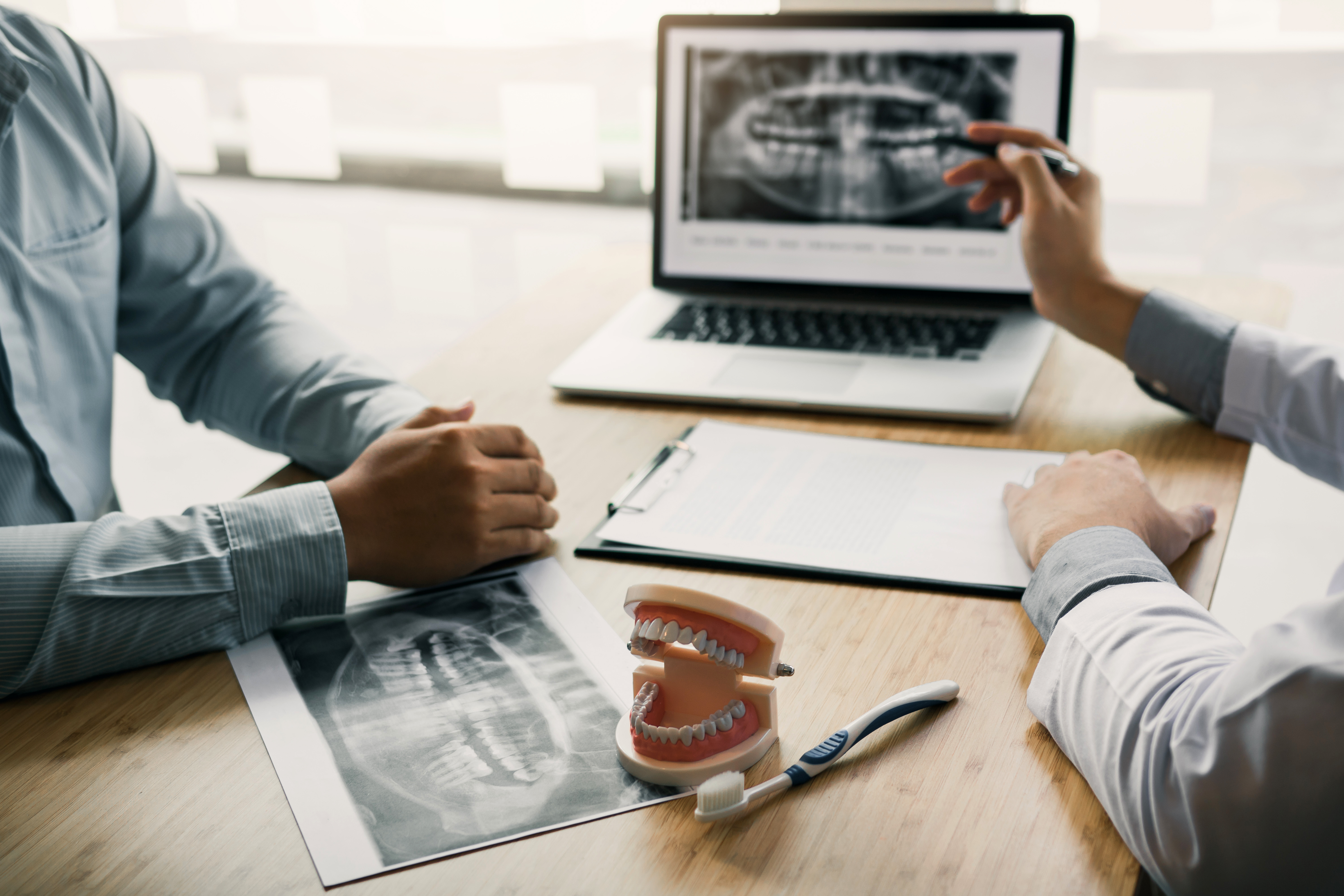How to cure a click jaw

Publication date: 17-05-2024
Updated on: 17-05-2024
Topic: Dentistry
Estimated reading time: 1 min
Article Author
Lara BenvenutiMedical Editor
Roberto Broggi
Editor and Translator
Viktoryia LuhakovaThe expression click jaw, or more scientifically temporo-mandibular disorder (TMD), refers precisely to a disorder affecting the function of the temporo-mandibular joints (TMJ) and involving ligaments, muscles, and tendons. The most typical manifestation is just the presence of a noise, a “pop,” which occurs mainly in making certain movements of opening and closing the mouth. The causes can be of different kinds and, not always, are so definable and treatable. Dr. Roberto Broggi, a Sapecialist at the Dentistry Unit at Ospedale San Raffaele, tells us about it.
What is meant by click jaw and how it manifests
“Click jaw, as the name implies,” Dr. Broggi explains, “is characterized by the presence of a noise (click), sometimes accompanied by other symptoms such as:
- inability to open the mouth fully (sometimes getting stuck);
- difficulty eating;
- pain in the ears, teeth or head;
- swelling of the affected part.
This happens because, during the mandibular journey, as we open or close our mouth, the dedicated bone (mandibular condyle) undergoes like a jerk that occurs in an attempt to overcome an obstacle.
The joint path is not only circular, but also proceeds forward, and its path is facilitated by a kind of “fibro-connective mat,” called a joint disc, with a function similar to that of the meniscus in the knee. If this disc tends to change shape or position, the above-mentioned obstacle is created, giving rise to the symptom of jaw clicking.”
What causes the jaw to click
“Except for traumatic causes (e.g., falls, accidents, sudden blows) that require physiotherapy and/or surgical interventions for the injuries sustained,” the specialist continues, “there are 2 other types of causes related to the onset of click jaw:
- chronic/adaptive cause, i.e., in which the change in disc structure is due to chronic overload, i.e., muscular overactivity (e.g., teeth grinding, frequent chewing gum chewing), or malocclusion, which, by excessively compressing the disc, generates an alteration of the joint pathway;
- physiological cause of the patient, due to non-modifiable factors including age and sex, as is the case with ligamentous laxity, predominantly present in young female subjects, which results in loosening of the joint disc, causing more easily incoordination between structures (joint click).”
How to diagnose a click jaw
Sometimes, the diagnosis may be delayed because the noise does not always have painful components. In cases where the clicking and discomfort become persistent, the alarm bells go off, leading the patient to finally consult a specialist (dentist, gnathologist, and sometimes otolaryngologist if it also involves the ear) who will make a clinical diagnosis from a thorough history.
How to treat click jaw
“As mentioned, since noise is a symptom, it is necessary to look for the underlying cause in order to classify it as more or less severe,” the doctor says. “Excessive noise equals a greater obstruction and a possibility of joint blockage, resulting in reduced mouth opening. Therefore, it is correct to treat the cause and, automatically, the noise as well.
Depending on the causes, such as excessive functional overload from parafunctions such as teeth grinding due to stress, bruxism, malocclusion, specific treatments are carried out accordingly:
- removal of overload by use of splint;
- repositioning of missing teeth;
- psychological support in cases of emotionally stressful issues.
Associated with specific treatments, autophysiotherapy can be added, which, as with all body joints, gives the most correct fluidity and range of motion.
In any case,” Dr. Broggi concludes, “if the noise is minor and not a symptom of specific problems, you leave it and keep it under control.”